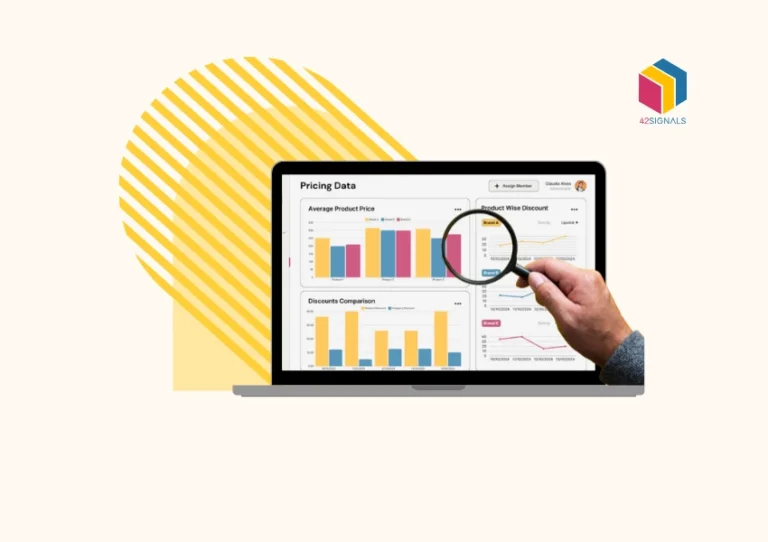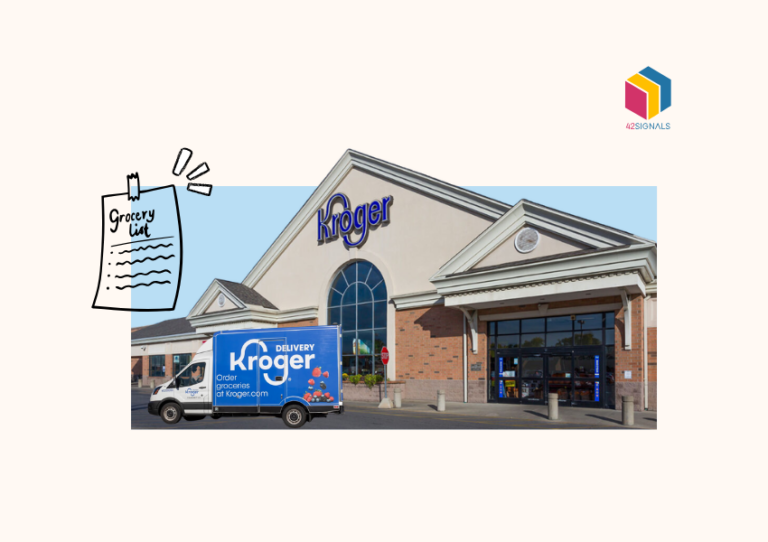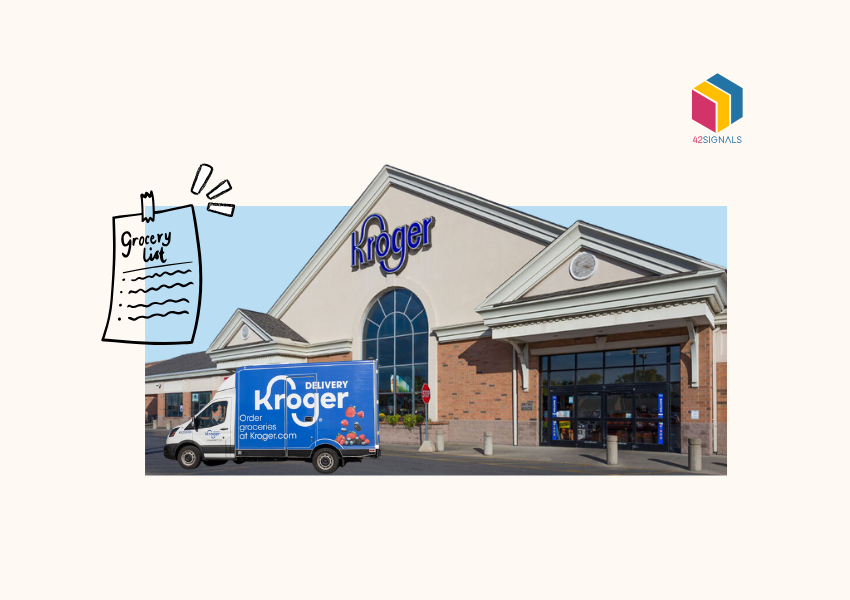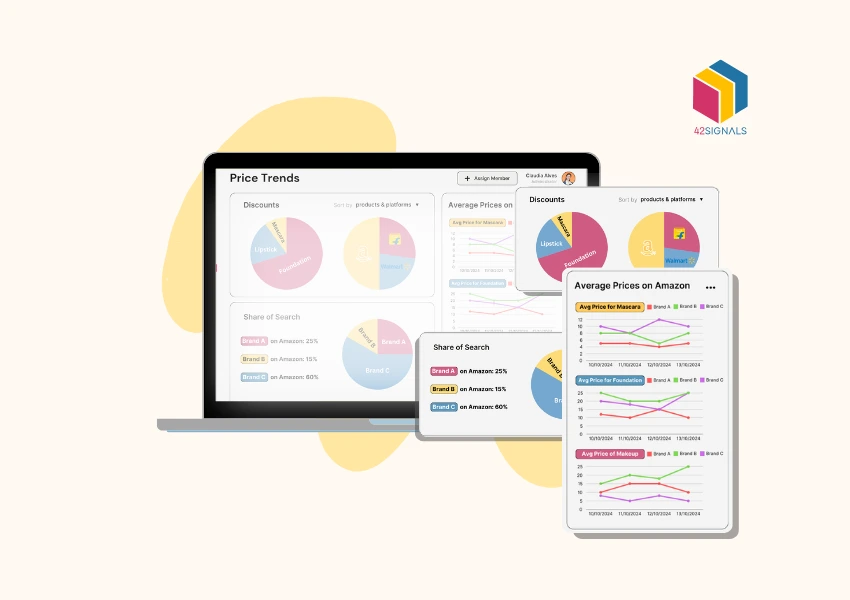The information available on retail websites can reveal insights into important parameters like store and product performance, inventory management, and consumer sentiment. With the rise of e-commerce and shifting consumer behaviors, retailers face immense pressure to adapt quickly. Those who leverage retail data analytics to understand and predict customer needs are the ones thriving.
The Growing Importance of Retail Data Analytics
Retail data analytics involves the collection, processing, and analysis of data generated from various retail operations, including sales transactions, customer interactions, inventory management, and more. This data provides valuable insights into consumer behavior, preferences, and trends, which, when interpreted correctly, can lead to actionable strategies that boost sales and enhance customer loyalty.
In the past, retailers relied heavily on intuition and historical performance to make decisions. However, in an era where consumers are more informed and choices are abundant, gut feeling is no longer enough. Data analytics offers a scientific approach to understanding market dynamics and consumer behaviors, allowing retailers to make data-driven decisions that can lead to a significant increase in sales.
Understanding the Types of Retail Data
To fully grasp the potential of retail data analytics, it’s essential to understand the types of data available:
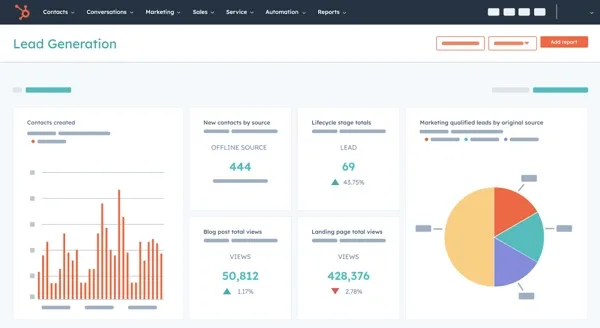
Image Source: Hubspot
1. Sales Data
This includes transaction records, customer purchase histories, and point-of-sale data. Analyzing sales data can reveal which products are selling well, which are underperforming, and the sales trends over time.
2. Customer Data
Information about customer demographics, preferences, purchase history, and behavior patterns. This data is crucial for personalized marketing and improving customer experience.
3. Inventory Data
Tracks stock levels, turnover rates, and supply chain efficiency. Proper analysis can prevent stockouts and overstock situations, optimizing inventory management.
4. Market Data
Includes external factors like competitor pricing, market trends, and economic indicators. Understanding the broader market context helps retailers position themselves better.
Social Media and Online Interaction Data
In the digital age, consumer interactions on social media platforms and e-commerce websites provide rich insights into brand perception and customer sentiment.
How Retail Data Analytics Boosts Sales
Retail data and its analysis boost sales by enabling retailers to optimize various aspects of their operations and marketing strategies. Here’s how:
1. Personalized Marketing
One of the most significant advantages of retail data analytics is the ability to create highly personalized marketing campaigns. By analyzing customer data, retailers can segment their audience based on behavior, preferences, and demographics. This segmentation allows for the creation of targeted campaigns that resonate with specific customer groups.
For example, a customer who frequently purchases sportswear might receive personalized emails featuring the latest athletic gear, special promotions, or loyalty rewards. Personalization increases the likelihood of conversion as customers feel understood and valued, leading to higher sales.
2. Optimizing Pricing Strategies
Pricing is a critical factor in a consumer’s purchasing decision. Retail analytics allows retailers to implement dynamic pricing strategies that adjust prices based on real-time data, such as demand fluctuations, competitor pricing, and inventory levels.
For instance, during peak shopping seasons, a retailer might use data analytics to identify high-demand products and adjust prices to maximize profits. Conversely, for products nearing the end of their lifecycle or with excess stock, data-driven pricing strategies can help clear inventory through discounts or promotions, thus optimizing revenue.
3. Enhancing Inventory Management with Retail Data Analytics
Efficient inventory management is crucial to meeting customer demand without incurring unnecessary costs. Retail data analytics provides insights into inventory turnover rates, demand forecasts, and optimal stock levels, helping retailers maintain the right balance between supply and demand.
By analyzing historical sales data, retailers can predict which products are likely to be in high demand during specific periods and adjust their inventory accordingly. This not only prevents stockouts but also reduces the risk of overstocking, which ties up capital and increases storage costs.
4. Improving Customer Experience
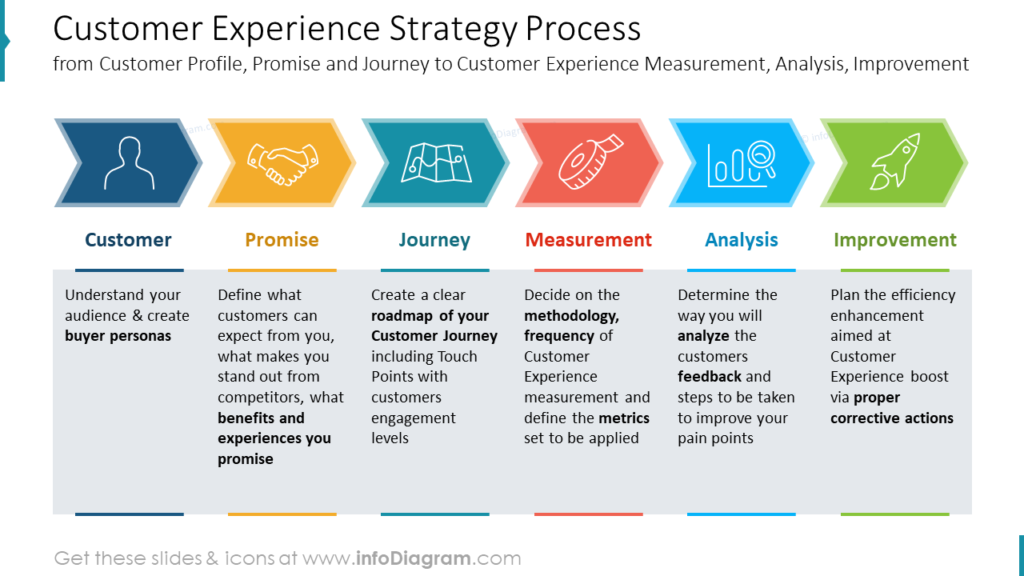
Image Source: Acquire
Customer experience is a key differentiator in today’s retail environment. Data analytics allows retailers to gain a deep understanding of customer preferences and behavior, enabling them to enhance the shopping experience.
For example, by analyzing customer feedback and interaction data, a retailer can identify pain points in the shopping journey, such as long checkout times or difficulties in finding products. Addressing these issues through data-driven improvements—like optimizing store layouts or streamlining the checkout process—can lead to a more satisfying shopping experience, increasing the likelihood of repeat purchases.
5. Identifying New Market Opportunities
Retail analytics can uncover hidden patterns and trends that point to new market opportunities. For instance, by analyzing sales data, a retailer might discover a growing demand for a particular product category that is not currently a focus. This insight could lead to the development of new product lines or the expansion of existing ones, driving additional sales.
Moreover, market data analysis can reveal geographical areas with high demand but low competition, suggesting potential new store locations or targeted online marketing campaigns. By proactively identifying and capitalizing on these opportunities, retailers can expand their market presence and boost sales.
6. Enhancing Loyalty Programs
Loyalty programs are a powerful tool for retaining customers and encouraging repeat purchases. Retail data analytics enables the creation of more effective loyalty programs by analyzing customer purchase behavior and preferences.
For example, a retailer can use data to identify which rewards are most valued by different customer segments and tailor the loyalty program accordingly. Additionally, data analytics can help track the effectiveness of loyalty initiatives, allowing retailers to fine-tune their strategies for maximum impact.
7. Streamlining Operations
Operational efficiency directly impacts a retailer’s bottom line. Retail analytics can identify inefficiencies in the supply chain, staffing, and other operational areas, leading to cost savings and improved profitability.
For instance, by analyzing foot traffic data and sales patterns, a retailer can optimize staffing levels to ensure that stores are adequately staffed during peak hours without incurring unnecessary labor costs during slower periods. Similarly, supply chain analytics can highlight bottlenecks or delays in the delivery process, allowing retailers to address these issues and improve overall efficiency.
Case Studies: Real-World Applications of Retail Data Analytics
To illustrate the impact of retail analytics, let’s look at a few real-world examples:
1. Walmart
Walmart uses big data analytics to optimize its supply chain, manage inventory, and personalize customer experiences. The company’s ability to analyze vast amounts of data in real-time has been instrumental in maintaining its competitive edge. For example, during Hurricane Sandy, Walmart used data analytics to predict which products would be in high demand and ensure that stores were stocked accordingly, resulting in a significant boost in sales.
2. Starbucks
Starbucks leverages data analytics to personalize its customer experience through its mobile app and loyalty program. By analyzing customer purchase histories and preferences, Starbucks can offer personalized promotions and product recommendations, driving sales and customer loyalty.
3. Amazon
Amazon is a pioneer in using data analytics for personalized marketing and dynamic pricing. The company’s recommendation engine, which suggests products based on a customer’s browsing and purchase history, is a prime example of how data-driven insights can lead to increased sales. Additionally, Amazon’s dynamic pricing algorithm adjusts prices in real time based on factors like demand, competition, and inventory levels, optimizing revenue.
Implementation Challenges of Retail Data Analytics
While the benefits of retail data analytics are clear, effectively implementing it comes with challenges:
• Data Quality and Integration
Retailers often struggle with data quality issues, such as incomplete or inaccurate data. Integrating data from various sources, such as online and offline channels, can also be complex and time-consuming.
• Data Privacy and Security
With the increasing amount of customer data being collected, ensuring data privacy and security is paramount. Retailers must comply with regulations like GDPR and ensure that customer data is handled responsibly.
• Skills and Resources
Implementing data analytics requires specialized skills in data science, analytics, and technology. Retailers may need to invest in training or hiring skilled professionals, which can be costly.
The Future of Retail Data Analytics
As technology continues to evolve, the role of data analytics in retail will only become more critical. Advances in artificial intelligence and machine learning are enabling more sophisticated data analysis, allowing retailers to predict trends and customer behavior with greater accuracy.
In the future, we can expect to see even more personalized product experiences, with retailers using data to anticipate customer needs before they even arise. Additionally, as the Internet of Things (IoT) expands, retailers will have access to even more data points, such as in-store customer movements and interactions with smart devices, further enhancing their ability to drive sales through data analytics.
Frequently Asked Questions in Retail Data Analytics
What is data analytics in retail?
Data analytics in retail refers to the process of collecting, analyzing, and interpreting data from retail operations to make better business decisions. This includes data from sales, inventory, customer behavior, foot traffic, pricing trends, and marketing performance.
Retailers use analytics to:
- Optimize product assortment
- Forecast demand
- Personalize customer experiences
- Improve inventory management
- Identify best-performing stores or products
In short: Retail analytics turns raw data into strategic insights that drive growth, efficiency, and profitability.
What are the four types of retail analytics?
Retail analytics can be divided into four key types, each serving a different purpose:
- Descriptive Analytics – Answers: “What happened?”
- Example: Weekly sales reports or customer footfall summaries.
- Diagnostic Analytics – Answers: “Why did it happen?”
- Example: Analyzing why certain stores underperformed compared to others.
- Predictive Analytics – Answers: “What is likely to happen?”
- Example: Forecasting product demand during holiday seasons.
- Prescriptive Analytics – Answers: “What should we do about it?”
- Example: Suggesting dynamic pricing strategies to improve sales.
What does a retail analyst do?
A retail analyst collects and interprets data related to sales, inventory, customers, and market trends to help retailers make informed business decisions. Their responsibilities often include:
- Tracking KPIs like sales per square foot, sell-through rate, and average transaction value
- Creating dashboards and reports for category performance
- Analyzing customer behavior and shopping trends
- Helping with merchandising, pricing, and marketing decisions
- Supporting forecasting and inventory planning
What is an example of retail analysis?
Example: A clothing retailer uses retail analytics to determine which types of apparel sell best in different regions.
- Descriptive data shows that winter jackets sell well in northern cities.
- Predictive models forecast a spike in jacket demand for Q4.
- The retailer increases inventory and adjusts marketing spend accordingly.
- Result: Improved stock availability, targeted promotions, and increased sales.
Another example is basket analysis, where a retailer finds that customers who buy baby diapers often also purchase wipes. The store places them next to each other and bundles them in promotions, boosting average order value.

